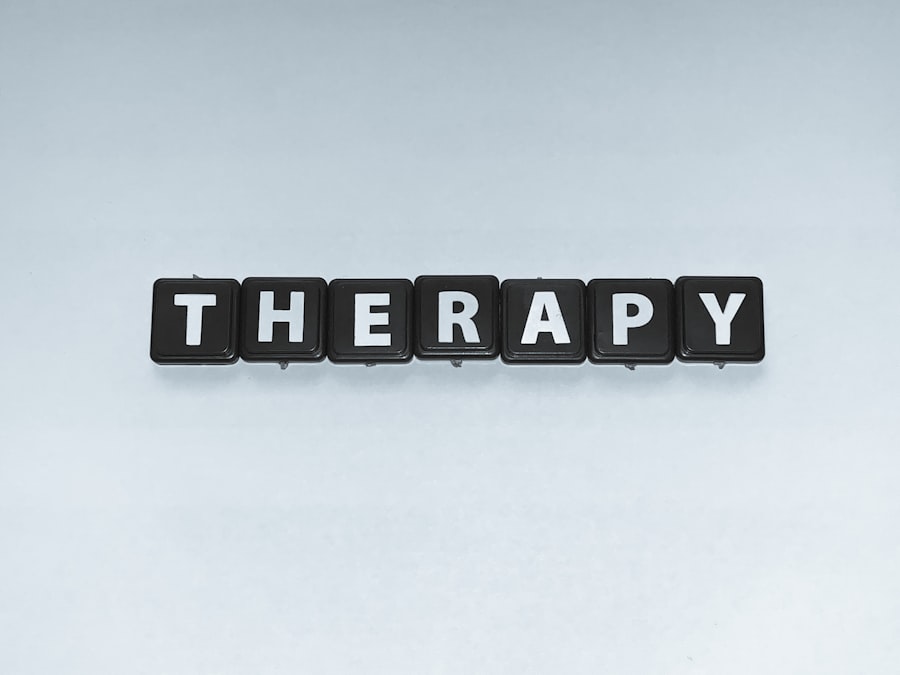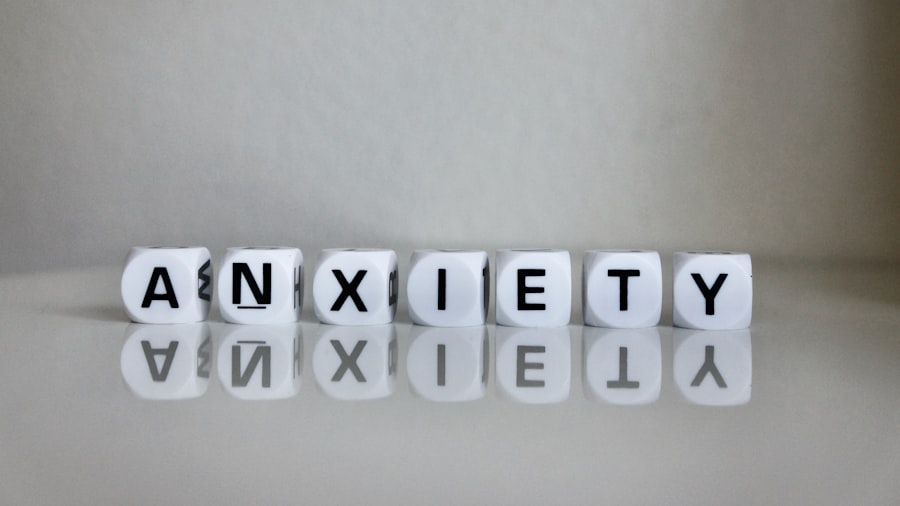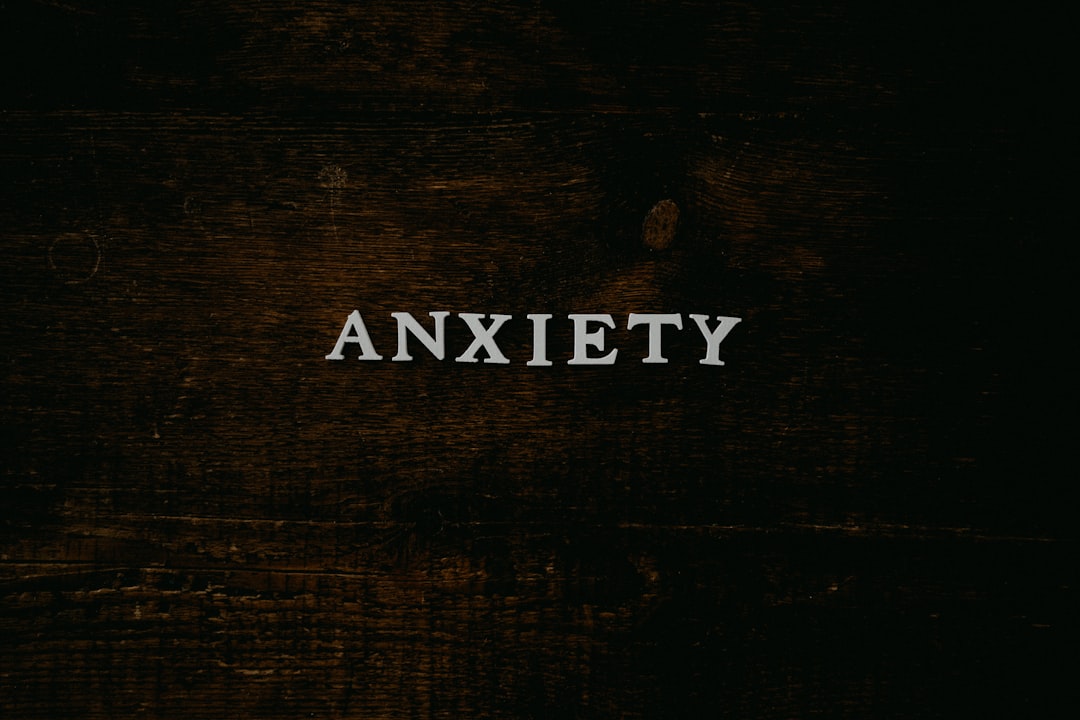Social anxiety is a pervasive condition that can significantly impact your daily life.
You may find yourself avoiding gatherings, public speaking, or any scenario where you feel scrutinized by others.
This anxiety can stem from various factors, including past experiences, personality traits, or even biological predispositions. Understanding the roots of your social anxiety is crucial, as it allows you to recognize that you are not alone in your struggles and that many others share similar feelings. As you delve deeper into the nature of social anxiety, you may begin to identify specific situations that trigger your discomfort.
These triggers can range from speaking in front of a group to simply making eye contact with someone. Acknowledging these triggers is the first step toward managing your anxiety. By understanding the underlying mechanisms of your fear, you can start to develop strategies to confront and overcome it.
Remember, social anxiety is not a reflection of your worth; it is a challenge that can be addressed with the right tools and mindset.
Key Takeaways
- Social anxiety is an intense fear of being judged, negatively evaluated, or rejected in social or performance situations.
- Exposure therapy involves gradually facing feared situations in a controlled and safe manner to reduce anxiety and fear responses.
- DIY exposure therapy can be cost-effective and convenient for individuals to practice in the comfort of their own environment.
- Identifying triggers and challenges is crucial in understanding the specific situations that cause anxiety and developing effective exposure strategies.
- Creating a personal exposure hierarchy involves ranking feared situations from least to most anxiety-provoking to guide exposure therapy progression.
What is Exposure Therapy?
Exposure therapy is a psychological treatment designed to help individuals confront their fears in a controlled and gradual manner. The premise is simple: by facing what you fear, you can reduce the anxiety associated with it over time. This therapeutic approach is particularly effective for social anxiety, as it encourages you to engage with the very situations that provoke your discomfort.
Through repeated exposure, you can learn that these situations are not as threatening as they may seem, ultimately leading to a decrease in anxiety levels. In exposure therapy, the process typically begins with identifying specific fears and gradually exposing yourself to them in a safe environment. This could involve role-playing social interactions or gradually attending social events.
The goal is to desensitize yourself to the anxiety-provoking stimuli, allowing you to build confidence and resilience. While the idea of facing your fears may seem daunting at first, exposure therapy has been shown to be one of the most effective treatments for social anxiety, providing lasting benefits for those who commit to the process.
Benefits of DIY Exposure Therapy

Engaging in DIY exposure therapy can be an empowering experience for you. It allows you to take control of your journey toward overcoming social anxiety by actively participating in your healing process. One of the primary benefits of this approach is the flexibility it offers.
You can tailor your exposure exercises to fit your unique triggers and comfort levels, making it easier for you to gradually face your fears at your own pace. This personalized approach can lead to a greater sense of ownership over your progress. Another significant advantage of DIY exposure therapy is the opportunity for self-discovery.
As you confront your fears, you may uncover underlying beliefs and thought patterns that contribute to your anxiety. This awareness can be transformative, enabling you to challenge negative thoughts and replace them with more constructive ones. Additionally, by practicing exposure techniques on your own, you can develop coping strategies that resonate with you personally, further enhancing your ability to manage anxiety in real-life situations.
Identifying Triggers and Challenges
| Triggers | Challenges |
|---|---|
| Increased customer complaints | Lack of resources |
| Decline in sales | Resistance to change |
| High employee turnover | Competitive market |
To embark on your journey of DIY exposure therapy, the first step is identifying your specific triggers and challenges. Take some time to reflect on the situations that provoke feelings of anxiety or discomfort. You might find it helpful to keep a journal where you document these experiences, noting the circumstances that lead to heightened anxiety levels.
By pinpointing these triggers, you can create a clearer picture of what you need to address in your exposure exercises. Once you’ve identified your triggers, consider the challenges that accompany them. For instance, if public speaking makes you anxious, think about what aspects of it are most daunting for you—whether it’s fear of judgment, forgetting your words, or feeling unprepared.
Understanding these nuances will allow you to design targeted exposure exercises that specifically address each challenge. This level of detail will not only make your practice more effective but also help you feel more equipped to tackle each situation as it arises.
Creating a Personal Exposure Hierarchy
Creating a personal exposure hierarchy is a crucial step in the DIY exposure therapy process. This hierarchy serves as a roadmap for your journey, outlining the specific situations you want to confront and ranking them based on their level of difficulty. Start by listing various social scenarios that trigger your anxiety, from least intimidating to most challenging.
For example, initiating a conversation with a stranger might be less daunting than giving a speech in front of a large audience. Once you’ve established this hierarchy, you can begin working through it systematically. Start with the least anxiety-provoking situation and gradually progress to more challenging scenarios as you build confidence and resilience.
This step-by-step approach allows you to experience small successes along the way, reinforcing your belief in your ability to manage anxiety effectively.
Practicing Gradual Exposure

Practicing gradual exposure is where the real transformation begins. Armed with your personal exposure hierarchy, it’s time to take action and face your fears one step at a time. Begin with the least intimidating scenario on your list and set aside dedicated time to engage with it fully.
For instance, if your first step involves making small talk with a cashier, approach this task with intention and focus on being present in the moment. As you practice gradual exposure, it’s essential to monitor your feelings and reactions throughout the process. Pay attention to any physical sensations or thoughts that arise during these encounters.
You may notice an initial spike in anxiety followed by a gradual decrease as you become more comfortable with the situation. Celebrate these small victories; they are evidence of your progress and resilience. Over time, you’ll likely find that what once felt overwhelming becomes more manageable as you continue to expose yourself to these situations.
Utilizing Relaxation Techniques
Incorporating relaxation techniques into your exposure practice can significantly enhance your ability to manage anxiety during challenging situations. Before engaging in an exposure exercise, take a few moments to practice deep breathing or mindfulness meditation. These techniques can help ground you and create a sense of calm before facing your fears.
By learning how to regulate your physiological responses to anxiety, you’ll be better equipped to handle discomfort when it arises. Additionally, consider integrating relaxation techniques into your daily routine outside of exposure exercises. Regular practice can help reduce overall anxiety levels and improve your resilience when faced with stressful situations.
Techniques such as progressive muscle relaxation or guided imagery can be particularly effective in promoting relaxation and reducing tension in both body and mind. By making relaxation a priority in your life, you’ll create a solid foundation for tackling social anxiety head-on.
Building a Support System
Building a support system is an essential component of overcoming social anxiety through DIY exposure therapy. Surrounding yourself with understanding friends or family members can provide encouragement and accountability as you navigate this journey. Share your goals with them and let them know how they can support you—whether it’s by joining you in social situations or simply offering words of encouragement when you’re feeling anxious.
In addition to personal connections, consider seeking out support groups or online communities focused on social anxiety. Engaging with others who share similar experiences can foster a sense of belonging and reduce feelings of isolation. These connections can also provide valuable insights and strategies for managing anxiety effectively.
Remember that you’re not alone in this journey; there are people who understand what you’re going through and are willing to support you along the way.
Tracking Progress and Adjusting Strategies
Tracking your progress is vital for maintaining motivation and ensuring that you’re making strides toward overcoming social anxiety. Keep a journal or use an app to document each exposure exercise you complete, noting how you felt before, during, and after each experience. This record will not only help you identify patterns in your anxiety but also serve as a source of encouragement when you reflect on how far you’ve come.
As you track your progress, be open to adjusting your strategies as needed. If certain exposure exercises prove too challenging or don’t yield the desired results, don’t hesitate to modify them or revisit earlier steps in your hierarchy. Flexibility is key; everyone’s journey is unique, and what works for one person may not work for another.
By remaining adaptable and willing to experiment with different approaches, you’ll increase your chances of success in managing social anxiety.
Overcoming Setbacks and Challenges
Setbacks are an inevitable part of any journey toward personal growth, including overcoming social anxiety through DIY exposure therapy. It’s essential to approach these challenges with self-compassion rather than judgment. If you find yourself struggling or feeling overwhelmed at any point, remind yourself that setbacks do not define your progress; they are simply opportunities for learning and growth.
When faced with setbacks, take time to reflect on what may have contributed to the challenge. Were there external factors at play? Did you push yourself too hard too quickly?
Use this insight to inform future strategies and adjust your approach accordingly. Remember that resilience is built through perseverance; each setback can ultimately strengthen your resolve as long as you’re willing to learn from it.
Seeking Professional Help if Needed
While DIY exposure therapy can be incredibly effective for many individuals dealing with social anxiety, there may come a time when seeking professional help becomes necessary. If you find that your efforts are not yielding significant results or if your anxiety feels unmanageable despite your best efforts, consider reaching out to a mental health professional who specializes in anxiety disorders. A therapist can provide valuable guidance tailored specifically to your needs and circumstances.
They may introduce additional therapeutic techniques or tools that complement your DIY efforts while offering support during particularly challenging moments. Remember that seeking help is not a sign of weakness; rather, it demonstrates strength and commitment to improving your mental well-being. In conclusion, overcoming social anxiety through DIY exposure therapy is an empowering journey that requires patience, self-awareness, and determination.
By understanding the nature of social anxiety, engaging in gradual exposure practices, utilizing relaxation techniques, building a support system, tracking progress, and remaining open to professional help when needed, you can take significant strides toward reclaiming control over your life and embracing social interactions with confidence.
Social anxiety can be a challenging condition to manage, but exposure therapy has proven to be an effective treatment method. For those interested in exploring how exposure therapy can be conducted at home, a related article on this topic can be found on Freaky Science. This article delves into various techniques and strategies that individuals can employ to gradually confront and reduce their social anxiety in the comfort of their own homes. To learn more about these methods, you can read the full article by visiting Freaky Science.
WATCH THIS! The Default Mode Network: Why You Can’t Stop Thinking About That Cringe Moment
FAQs
What is social anxiety exposure therapy?
Social anxiety exposure therapy is a type of cognitive-behavioral therapy that involves gradually facing feared social situations in order to reduce anxiety and improve coping skills.
How does exposure therapy work for social anxiety?
Exposure therapy works by gradually exposing individuals to feared social situations in a controlled and safe manner. This helps them confront their fears and learn that the feared outcomes are unlikely to occur.
Can exposure therapy for social anxiety be done at home?
Yes, exposure therapy for social anxiety can be done at home with the guidance of a mental health professional. It involves creating a hierarchy of feared social situations and gradually facing them in a systematic way.
What are the benefits of doing exposure therapy for social anxiety at home?
Doing exposure therapy for social anxiety at home can provide a comfortable and familiar environment for individuals to confront their fears. It also allows for more flexibility in scheduling and can be more cost-effective.
Are there any risks or potential drawbacks to doing exposure therapy for social anxiety at home?
While exposure therapy can be effective, it is important to work with a qualified mental health professional to ensure that the therapy is conducted in a safe and appropriate manner. Without proper guidance, there is a risk of experiencing increased anxiety or distress.
